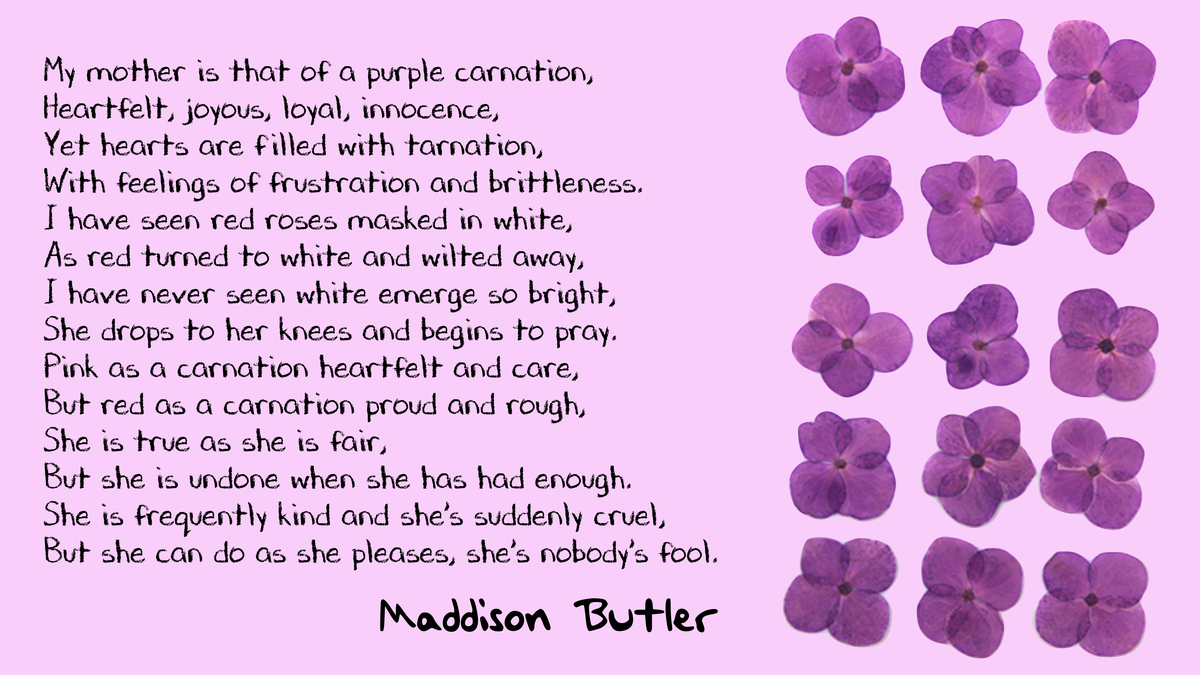Literature News

In Term 4, Year 11 Literature students tackled Shakespeare’s longest play, Hamlet. Students explored a pivotal scene in Act 4, Scene 5, where Ophelia distributes imaginary flowers, each with their own unique meaning:
Ophelia:
[To her brother] There’s rosemary, that’s for remembrance.
Pray, love, remember. And there is pansies,
that’s for thoughts.
[To the Queen] … There’s fennel for you, and columbines. There’s rue for
you, and here’s some for me. We may call it herb-grace
Of Sundays. Oh, you must wear your rue with a
difference. There’s a daisy. I would give you some violets,
but they withered all when my father died. –
They say he made a good end.
Written between 1599 to 1601, the publication of Hamlet coincided with the rise of floriography, otherwise known as the language of flowers. This popular pastime involved communicating messages through flowers which each symbolised specific meanings. Whether expressing disdain for a mother-in-law through fennel, or a secret crush on a neighbour via red roses, flowers held the key to unlocking the secrets of the heart.
Guided by Ms. Ted, students explored the art of the language of flowers. When gifted an array of flowers, students were instructed to research the meanings behind each one, all in the pursuit of creating poetry that subtly conveyed their emotions. Here is a glimpse into the hearts and minds of our budding literary talents:
Victoria Tedeschi
Literature Teacher









